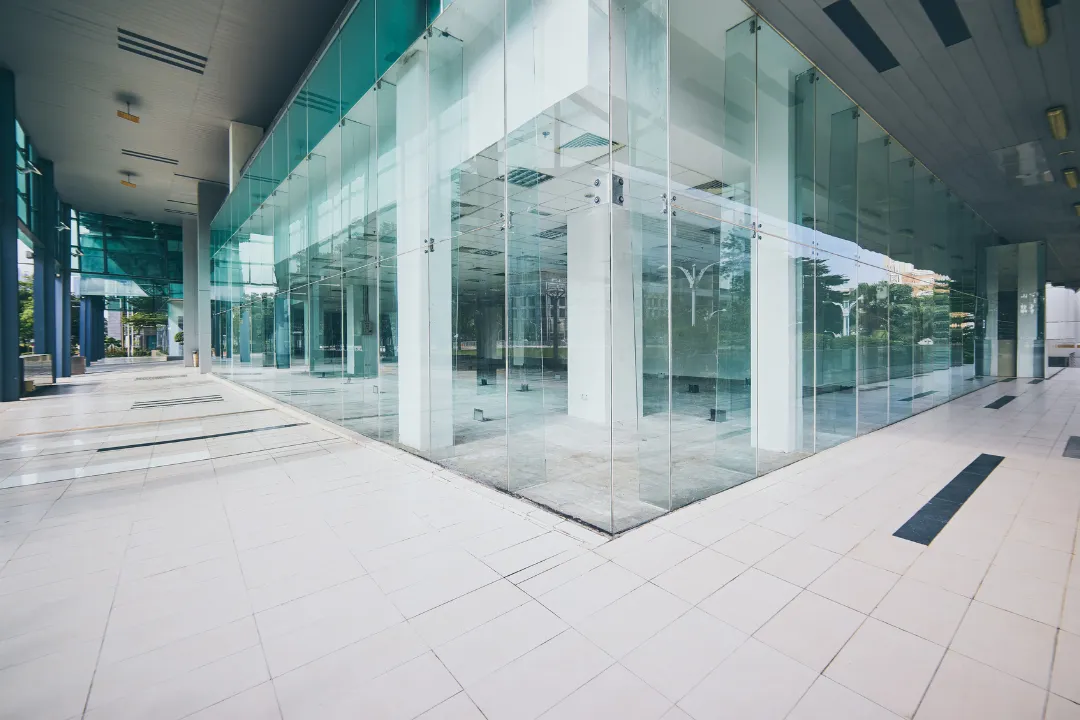
Commercial property yields are a key factor in commercial real estate investment success. While they might seem like just another number on a property listing, they deserve your full attention.
Most new commercial buyers don’t realise how much these yields can tell you about an investment opportunity. The right understanding can help you spot value where others miss it, and avoid properties that look good on the surface but hide potential problems.
I’ll show you why yields matter so much in commercial property and how to use this knowledge to your advantage.
What Are Commercial Property Yields?
When you invest in commercial property, yield is the number that tells you how hard your money is working.
It shows how much income the property brings in compared to what it’s worth.
And in the commercial world, yield does a lot more than just measure return; it plays a significant role in the property’s overall value.
Gross Yield
This is the simple version of the calculation.
You take the annual rental income, divide it by the purchase price of the property, and multiply by 100 to get a percentage.
Formula
Gross Yield (%) = (Annual Rent ÷ Property Value) × 100
Example:
If a property earns $60,000 a year in rent and costs $1,000,000 to buy:
(60,000 ÷ 1,000,000) × 100 = 6%
It’s helpful when comparing properties side by side, but it doesn’t tell the full story, especially not in commercial real estate.
Net Yield
Net yield takes the calculation one step further. It subtracts the outgoings (your expenses) from the rental income before dividing by the property value.
Formula
Net Yield (%) = ((Annual Rent – Outgoings) ÷ Property Value) × 100
Example:
Say that same property has $10,000 in annual outgoings:
((60,000 – 10,000) ÷ 1,000,000) × 100 = 5%
With this, you can see exactly what you’re earning.
In commercial property, net yield is the one most investors focus on because:
- Tenants usually pay the outgoings
- It reflects your true income before loan repayments
- It gives you a clean, reliable way to compare deals
That’s why when you see a yield quoted in commercial listings, it’s almost always the net yield.
Lease Types and Outgoings Explained
The lease structure in commercial property plays a huge role in how your yield works.
Unlike residential property, where the landlord usually covers most outgoings, commercial leases are built differently.
Net Lease
This is the most common lease structure in commercial real estate. Under a net lease, the tenant pays the rent plus the outgoings. These outgoings can include:
- Council rates
- Land tax
- Water rates and usage
- Building insurance
- Electricity and gas
- Air conditioning maintenance
- Fire safety systems
- Industry-specific costs (like grease trap cleaning for restaurants)
Because these costs are tied to how the tenant uses the space, it makes sense that the tenant is responsible for them. This setup keeps things simple for the landlord and ensures the net yield is a true reflection of return.
Gross Lease
In a gross lease, the tenant pays one single rental figure, and the landlord pays the outgoings from that amount. It’s less common in commercial property and doesn’t offer the same transparency or control. The rent might look higher on paper, but the expenses eat into the return.
Commercial vs Residential Yields

One of the big attractions of commercial property is that it generally offers higher yields than residential property. For investors looking to improve their cash flow, this is a big drawcard.
Here’s a rough comparison:
- Residential gross yields typically sit around 3 to 4 per cent
- Commercial net yields often start at 5 to 6 per cent
- This usually translates to 7 to 8 per cent gross in the commercial space
That difference can mean significantly more income each year.
But of course, there’s a trade-off. Residential properties tend to have more consistent capital growth, while commercial properties are more focused on return and cash flow.
The Link Between Yield and Property Value
In residential real estate, property values are influenced by a combination of factors, including location, buyer demand, comparable sales, and general market sentiment.
Commercial is much more direct. Its value is closely tied to its income potential.
This creates a powerful opportunity for investors. If you can increase the income, you can often increase the property’s value right along with it.
For example:
- A vacant property may be discounted due to a lack of income
- Securing a strong tenant on a long lease can significantly boost value
- Improving the yield, either through better rent or reduced costs, can grow equity fast
This ability to manufacture growth makes commercial property more dynamic for investors who know what they’re doing.
Strategies to Increase Commercial Property Yields
Boosting your yield doesn’t just mean waiting for rents to go up. There are practical, hands-on ways to improve performance:
Renovate or Reposition
Just like with residential property, upgrades can attract better tenants and higher rents. Even cosmetic improvements can make a big difference.
Buy Multi-Tenant Assets
Shopping centres or office blocks with multiple tenancies spread the risk and boost income potential. Experienced investors often buy partly vacant centres, tidy them up, sign new leases, and either hold them for passive income or resell at a higher value.
It’s how some investors create equity, not just wait for it.
Market Trends and Risk Factors
The strength of your yield and your ability to maintain it depend heavily on market conditions. Commercial real estate responds quickly to changes in the economy.
- When the economy is strong, businesses thrive, and occupancy stays high
- In a downturn, tenants might leave, and landlords may need to reduce rent to attract new ones
- Vacancy risk is higher in commercial, especially for single-tenant properties
Some sectors feel this more than others.
Retail, in particular, has shifted with the rise of online shopping and food delivery.
Restaurants that once needed large dining rooms are now opting for compact kitchens that can serve high volumes through Uber Eats and Menulog. That affects how much space they lease, and in turn, the rent you can charge.
As a landlord, it’s important to understand how tenants are adapting so you can choose assets that will stay relevant.
Final Thoughts
Knowing how commercial property yields work gives you an edge. It’s not all about the highest return. It’s about understanding how that return is created, its impact on value, and its actual sustainability.
If you’re aiming for stronger cash flow and more control over your investment performance, commercial property could be the right fit. The numbers are there, but so is the strategy.
And if you ever need help analysing a deal or figuring out how to boost the yield on a property you’re looking at, feel free to reach out. It’s always my pleasure to help investors approach the commercial space with more clarity and confidence.





